Interview with Jennifer Franzke About her Artistic routine.
In the second episode of our new blog series “Daily Routine of a Painter”, we asked Jennifer Franzke what does her daily routine look like.
Jennifer Franzke is a multi-time international museum exhibited painter. In her works you will find a unique link between mythical creatures, animals, architecture and Pop Art.

What does your daily routine look like?
Early riser, cup of tea with the family, daughter to school, back for an hour walk in the nature with the dog (which is really the start of the painting day as nature is my inspiration), atelier-coffee and painting, daughter back from school, lunch, emails, business, shipping stuff, family stuff, then again a few hours in the studio- sometimes with my daughter working alongside me as well. She is enormously talented and I am always happy to see her putting in the time painting or sculpting. 30 minutes sport, dinner, family time, bed
Somewhere in-between is cleaning, as I do like to work in a nice space and I feel free in my thoughts if my life and space is organized.
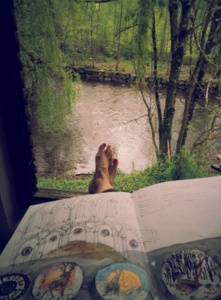
Do you dedicate extra time to practice your painting technique or you do it through your artworks?
Through my works.
Actually, I do work in my sketchbook and like to sketch at Natural history museums to find some details. I also sketch outside to keep my ideas flowing. I guess the last works have taken so long that it feels like I only work on the paintings BUT I look forward to a few free sketches in between the big work.
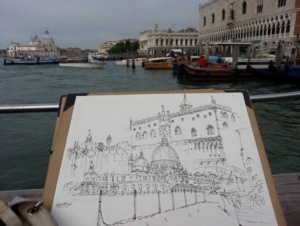
Creativity has ups and downs. How do you stay inspired?
My mantra: Never stay stagnant. Never get the feeling you are not walking on a tight rope or get comfortable. Always strive that each new phase of work is better than the last one. Also, as inspiration: natural history museums, reading about epochs- for example I am reading about menageries in the 17th-19th century and how wild animals were kept in royal households. Paintings from the golden age. The news and current events lurk in the background. Animals taking over cities while we were/are in lockdown fascinated me.
Another thing that is important is the idea of a body of work that is coherent and where I show it, what are the deadlines, etc. I enjoy being pushed a little. I have some friends that look at my work and critique it which is a great help.
One, who lives in NY, is working intensely with me on the current work. She was head of Sotheby’s American Art for 26 years (Dara Mitchell) and has an incredible eye and has pushed me beyond what I imagined possible.
Teaching for Professor Dr. Johanna Fassl for Franklin University has given me a lot of joy and she and her students never fail to give me a fresh look at what is going on in the art world. Although I teach them and they think I am giving them a lot, they give me more.
Another inspiration is the Head of Zoology from the Natural History Museum in Vienna, Dr. Ernst Mikschi. He has a hang for big ideas that go beyond art in a traditional sense. We did some crazy Taxidermy together for my last exhibition at the Kitzbühel Stadtmuseum which was a lot of fun, great team. We have some big ideas in mind for the future and those thoughts from him are always inspiring, even when I am doing smaller, more insular things. Combining natural science, humanity and art is an endless source of inspiration.
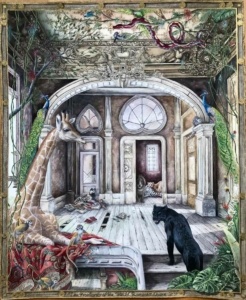
‘The Peculiarity of the World Running Down’
How did you choose the style of your painting?
It chose me. I started very young and was always outside or drawing or building model houses for my dolls out of cardboard. Even in my later teenage years, I preferred to be outside or draw. I studied architecture at a very classical institution and then went to the opposite end of the scale in London to the Architectural Association. I painted for Zaha Hadid and she demanded perfection (or else there was hell to pay), that we gave 100%, and that inspired me enormously. So Zaha’s perfection and individuality and then going back to my classical education and my childhood love of nature and architecture.
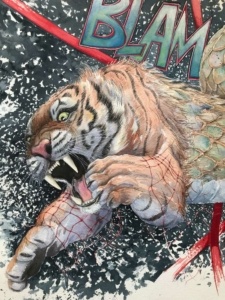
`BLAM`
How long does it take to you to finish an artwork?
At the moment around 200 hours a piece as they have increased in size and detail
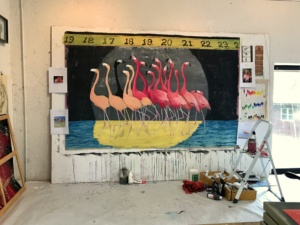
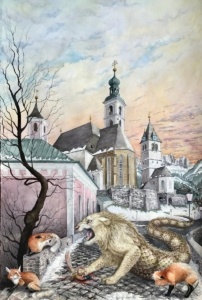
`GRRRRRR!`
How much time do you spend to create a concept or plan an artwork a day?
It is more of a question per piece and series. I guess around 20% of the time is the concept and composition and 80% is painting. But this is fluid. The pieces do grow as they are painted.
Do you do the same thing every day or is your schedule random?
Try to keep it similar, not always possible.
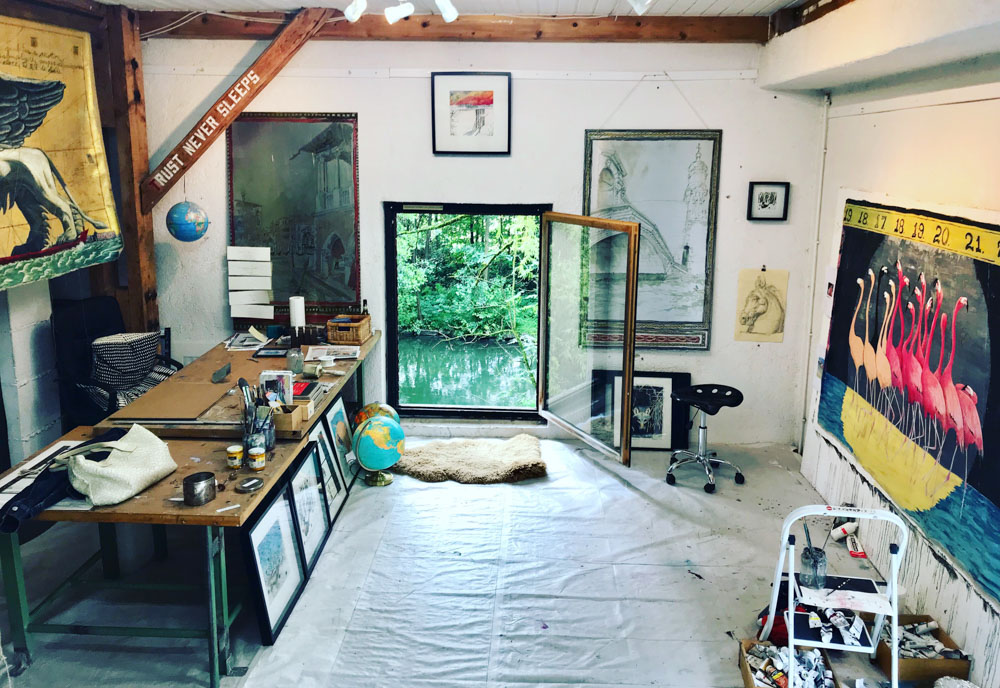
“Mantra”
If you have a schedule, are you good to keep it?
Yes
Do you work on multiple works at the same time?
Not really, I can’t wait to see the painting finished. And then the joy of starting something new is pure because there is only that thing and no other responsibilities.
Does it hurt to see your paintings leave your possession?
Yes. I am at the one side pleased to see them make others happy but they are like a part of me so it is not easy to let them go. I paint them for my own pleasure and to further define my idea of aesthetic.
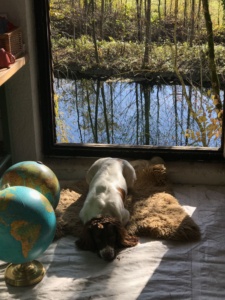
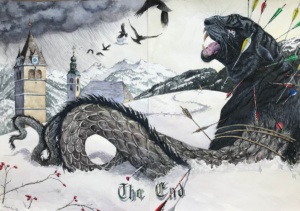
Jennifer Franzke

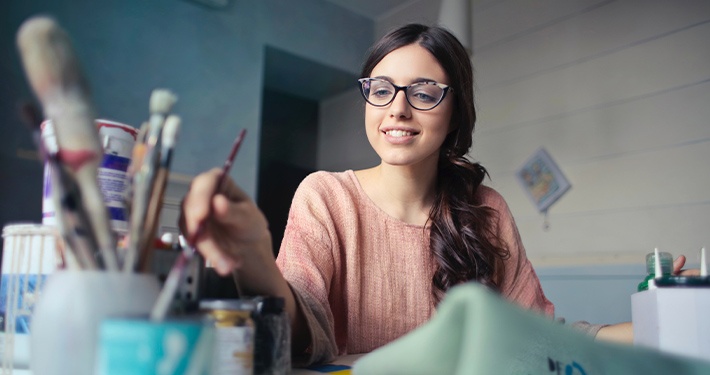











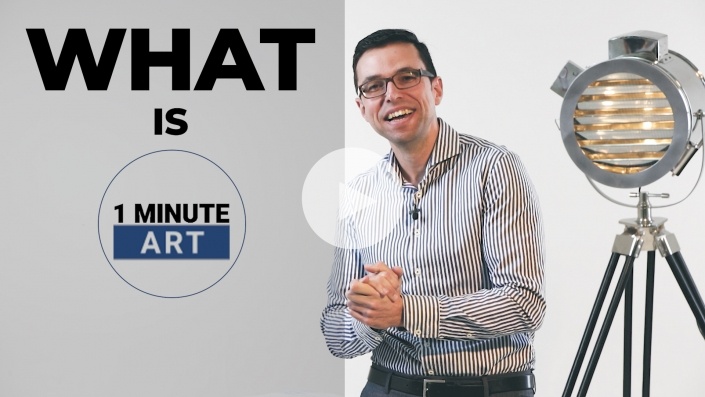

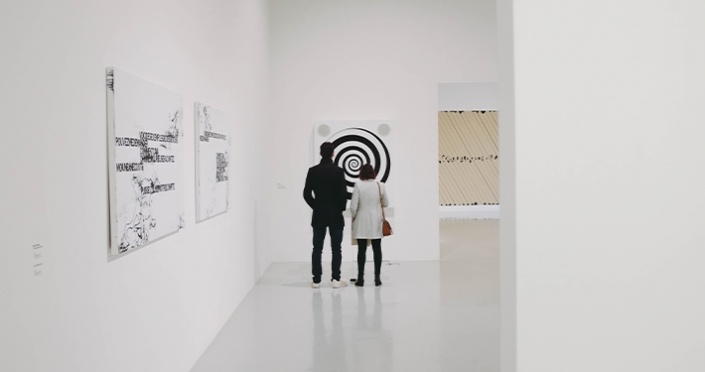


Leave a Reply
Want to join the discussion?Feel free to contribute!